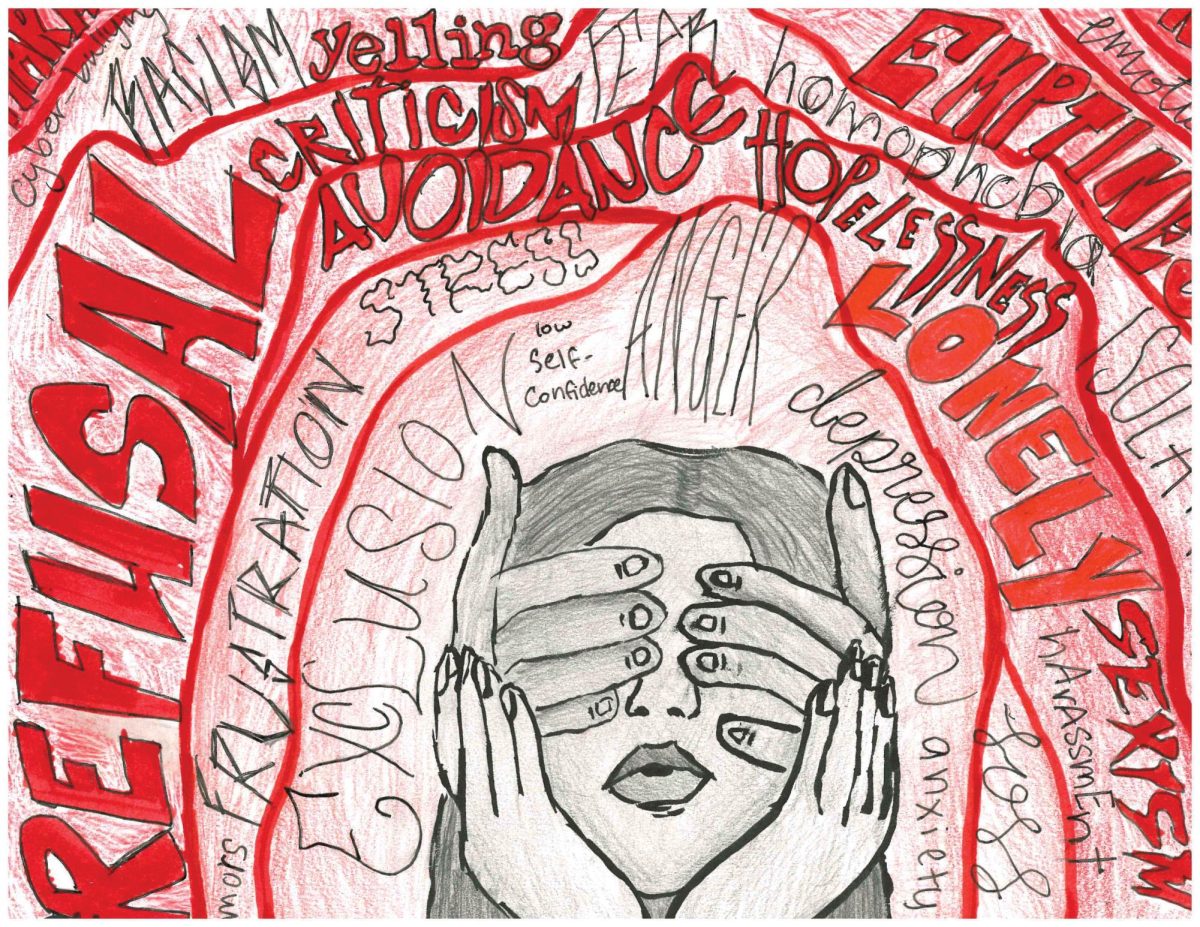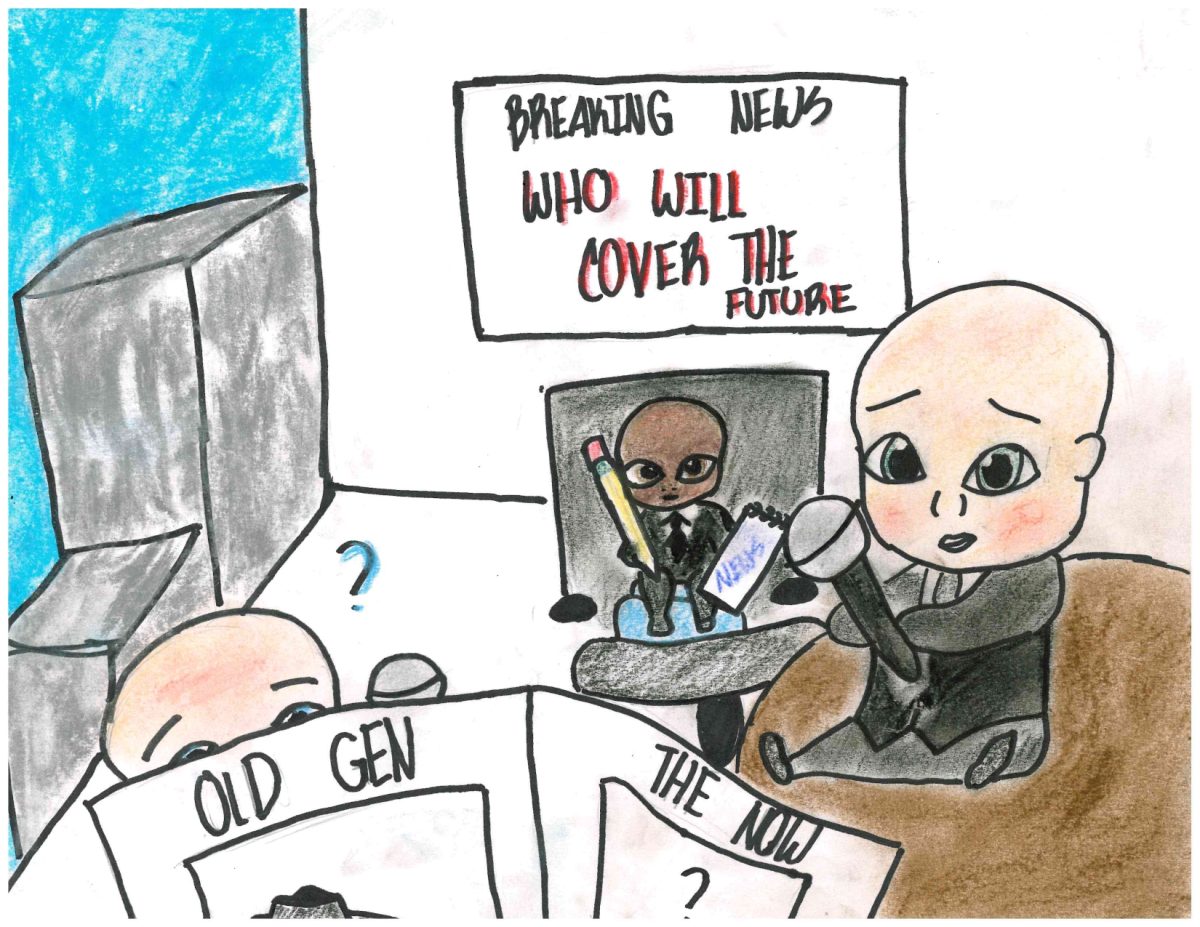Due to the mental impact of bullying on students, bullying has remained a substantial problem in schools.
According to the district’s handbook, bullying is defined as “an intentional electronic, verbal, written or physical act or a series of acts that, individually or cumulatively, are severe, persistent or pervasive, that are directed at a student by another student or students, which occur in a school setting and/or outside a school setting.”
Additionally, there are multiple types of bullying. According to PREVent, these include physical, verbal, social, electronic (cyberbullying), racial, religious, sexual and disability bullying.
In 2022, a survey by the Pew Research Center found that nearly half of teens in the US aged 13-17 experienced cyberbullying. 46% of respondents said they had been victims of one of six behaviors. These included offensive name-calling, false rumors spread about the individual, receiving explicit images they did not ask for, constantly being asked where they are, what they are doing or who they are with by someone other than a parent, physical threats and having explicit images shared without their consent.
The impact of online predators on victims can be severe, leading to emotional distress, anxiety and a sense of helplessness. Victims may also experience social isolation and difficulties in trusting others.
Understanding these effects is crucial for raising awareness.
Moreover, there are many mental health impacts on students who are being bullied.
According to McLean Hospital, students who are bullied are more likely to develop mental health disorders such as depression and anxiety.
They also have low self-esteem and self-confidence.
This is because when they hear negative statements from a bully, they start to use these as affirmations and believe them to be true. This causes insecurities about things that can not be changed, such as hair color, skin color or height.
Along the same lines, students being bullied tend to isolate themselves from friends and family. They spend a lot of time closed off in their rooms and find themselves not wanting to go to school or any other site of action.
As a student, there are many things that one can do to stop this.
Anyone being bullied should speak up. It is better to let a trusted adult know than to let the problem continue.
If you are at risk of harming yourself or others, there are resources to help.
The 988 Suicide and Crisis Lifeline is available 24 hours daily for English and Spanish speakers. This can be reached by dialing ‘988’ or texting the same number.
Any form of bullying seen should be reported directly to a teacher. Any form of violence can also be reported anonymously through Safe2Say, a youth violence prevention program run by the Pennsylvania Office of Attorney General.
This can include bullying and cyberbullying, animal cruelty, self-harm, eating disorders, hate crimes, depression and anxiety, gang violence, homelessness, human trafficking, inappropriate behavior, sexual abuse, suicidal ideation, theft and threats.
The Montgomery County Teen Talk Lines can be reached by calling 866-825-5856, texting 215-703-8411 or emailing [email protected].
Bullying holds lasting impact on mental health
As bullying remains a problem in schools, it is important to recognize the lasting impact on victims’ mental health.
0
More to Discover
About the Contributor

Keya Dahale, Copy Editor







